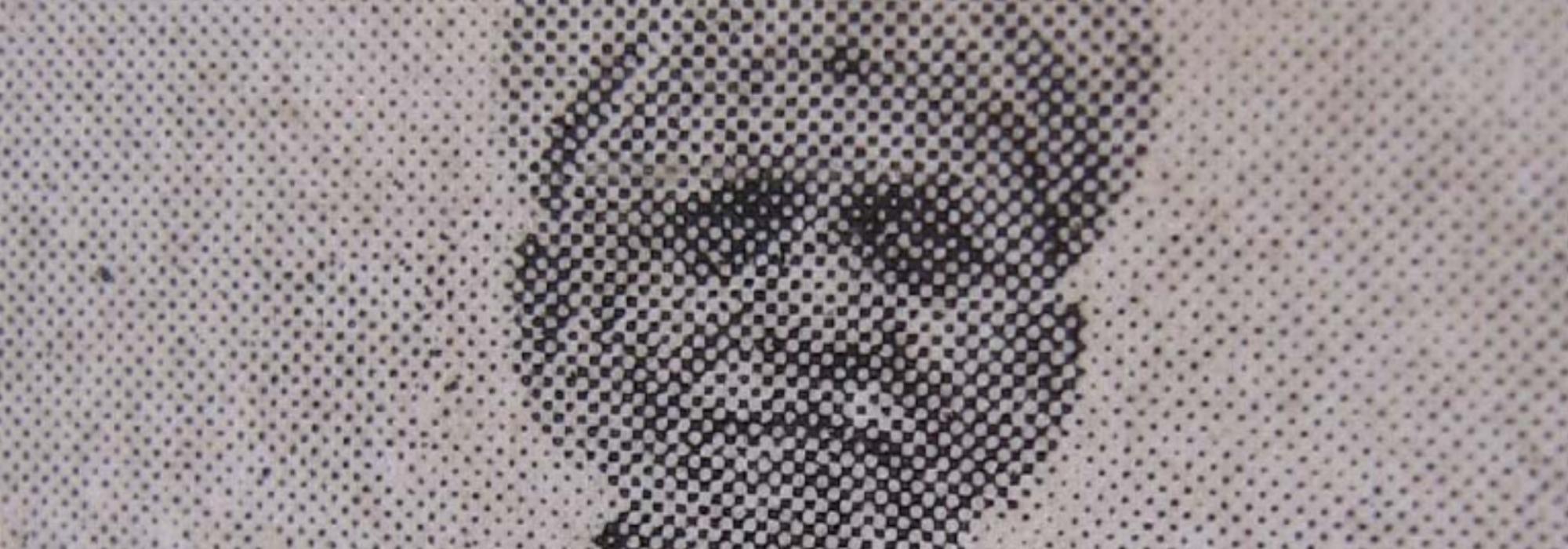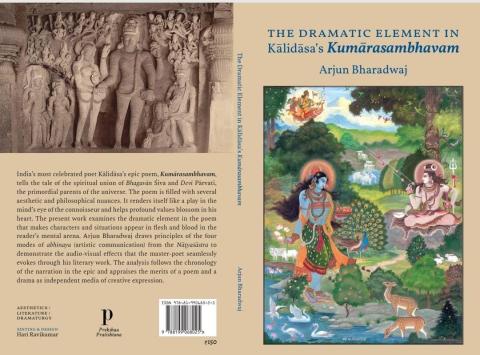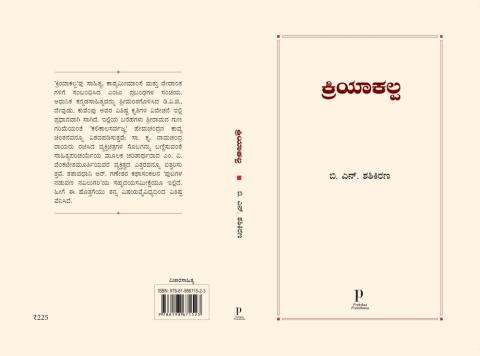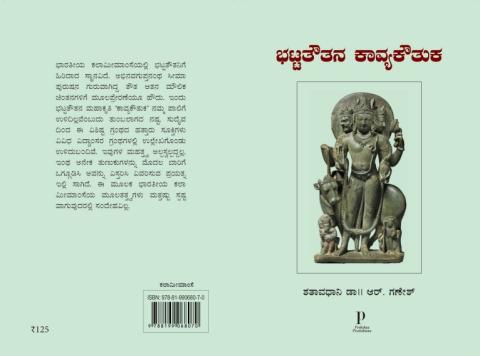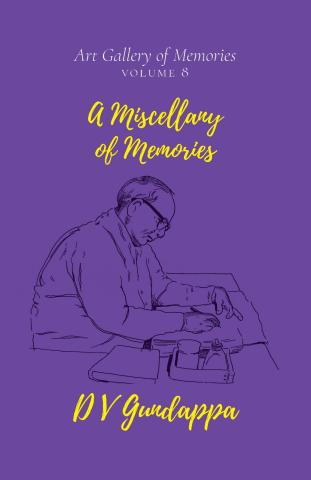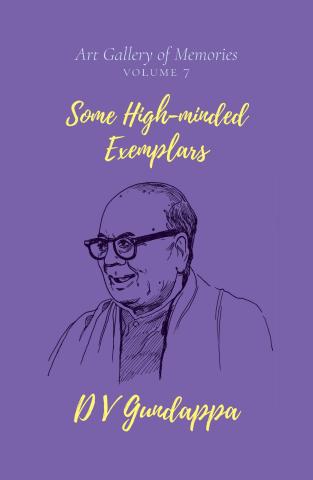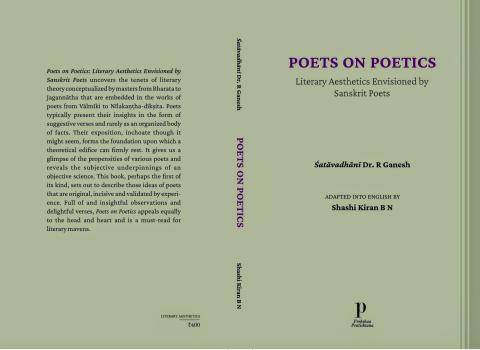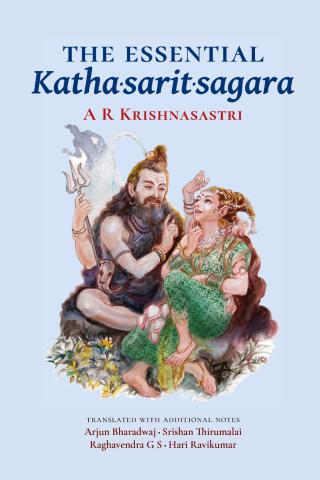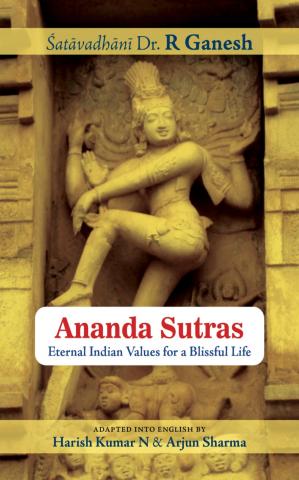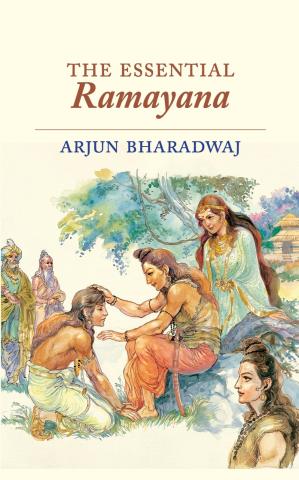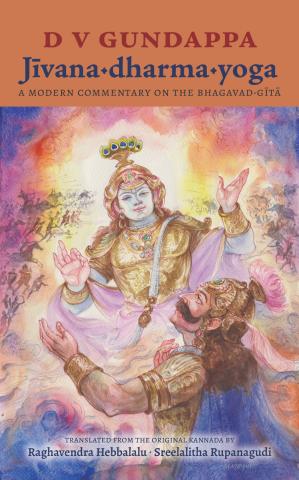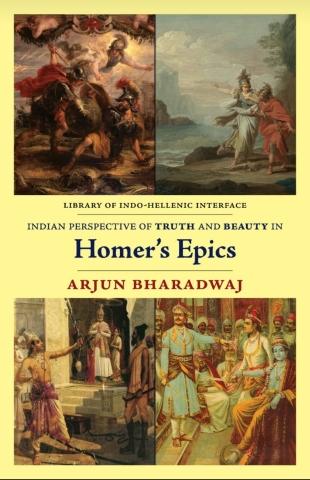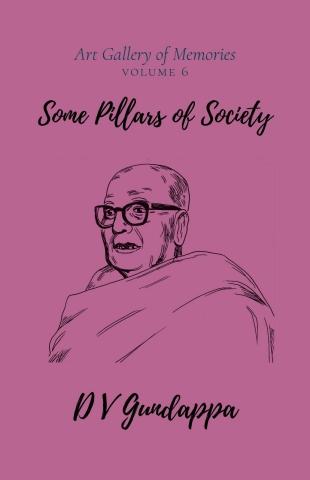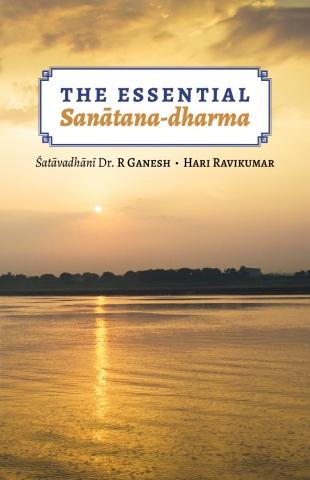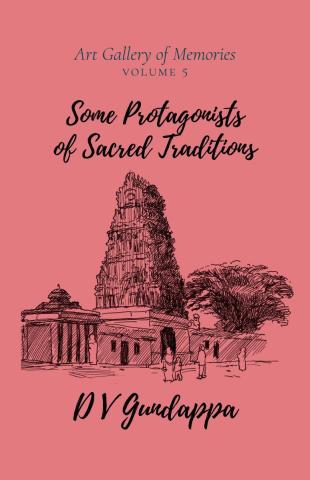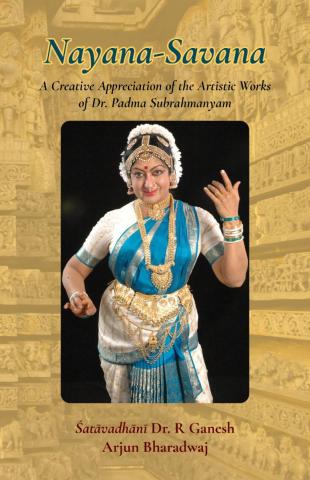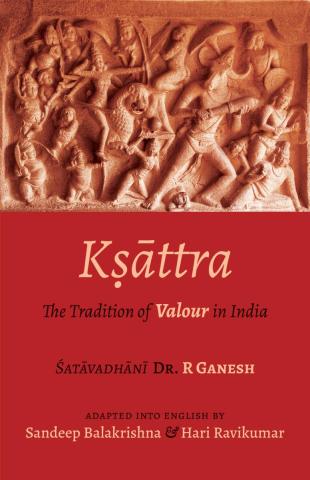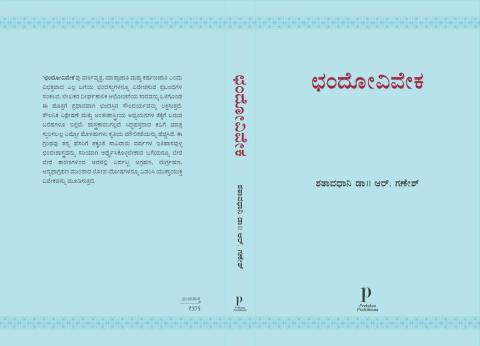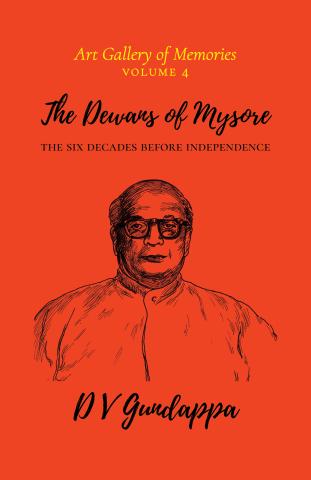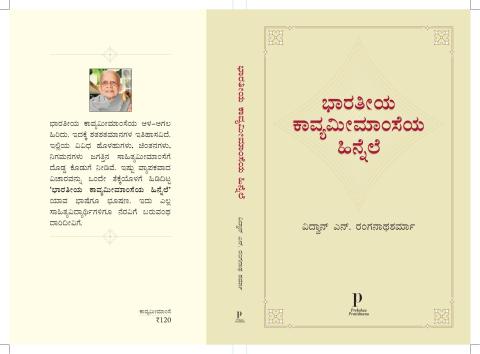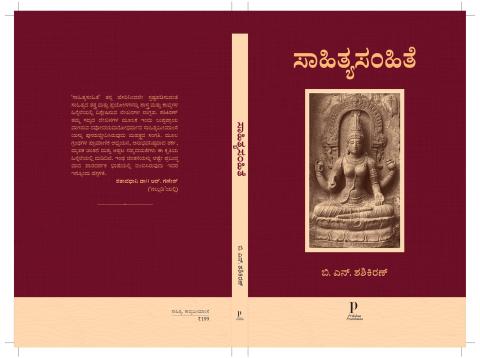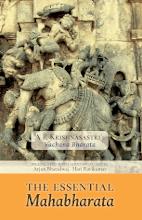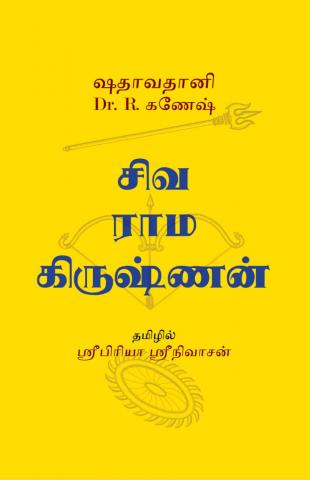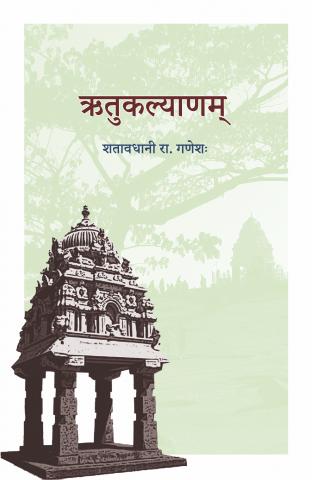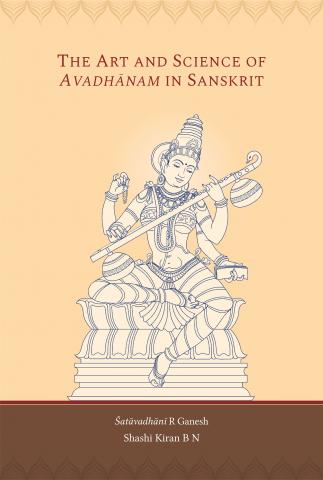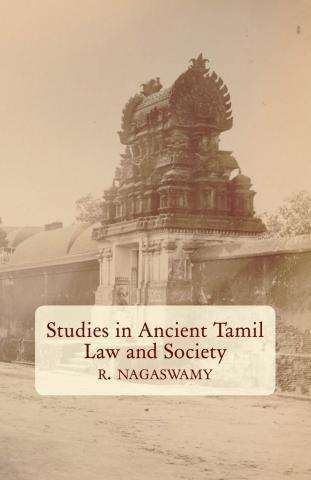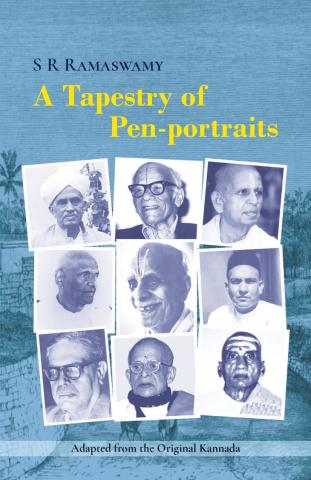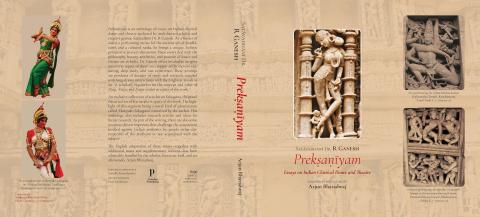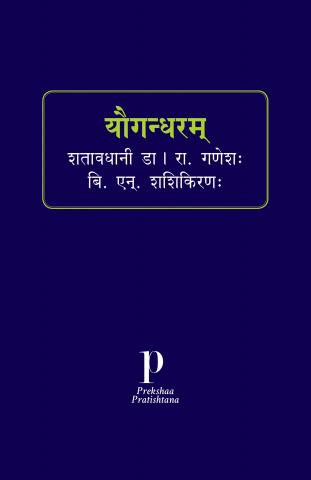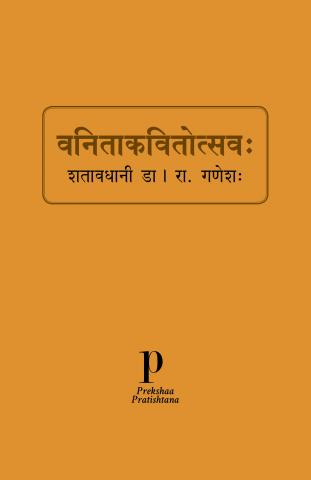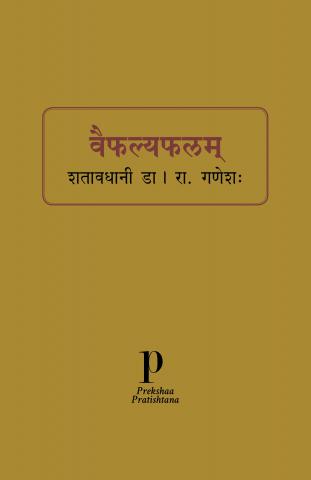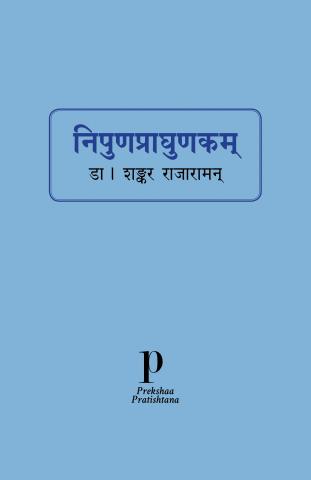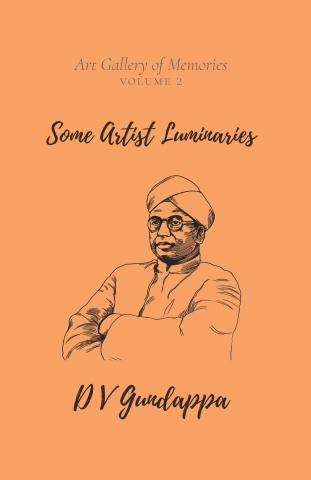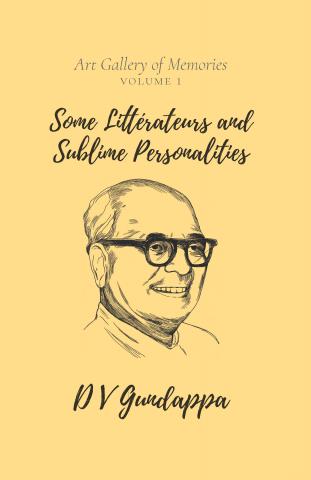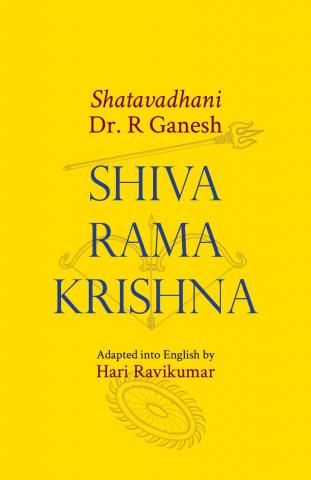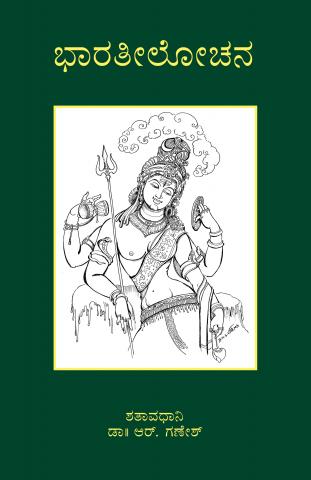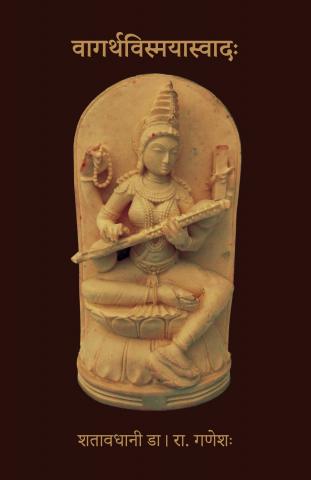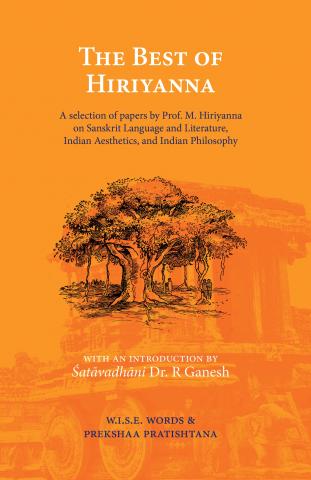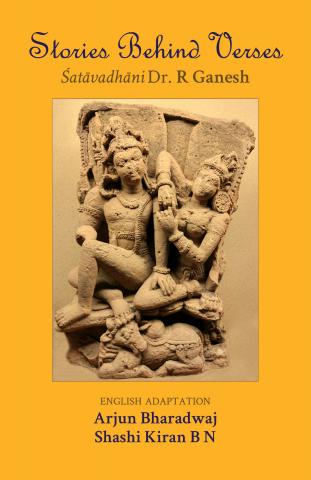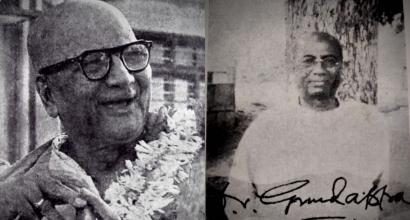The moment I think of R Narasimhacharya, C Vasudevaiah’s name floats up to the surface of my memories. Both of them would come together to social events. They usually sat next to each other. There was an abundance of affection and respect between them. Their professions were quite dissimilar. Vasudevaiah had retired as the office manager of the Department of Educational Outreach. Even in their scholarship of śāstras such as grammar, they differed. Yet it never seemed like Narasimhacharya remembered any of these differences; not even for a split second. They always walked shoulder to shoulder.
S G Narasimhacharya, M A Ramanuja Iyengar, R Narasimhacharya, and Devashikhamani Alasingaracharya – their mother tongue was Tamil. They belonged to the Maṇḍayam Śrīvaiṣṇava sect of brāhmaṇas. C Vasudevaiah, H V Nanjundaiah, Bellave Venkatanaranappa , T S Venkannayya – their mother tongue was Telugu.
I’ve alluded to Vasudevaiah on a couple of different occasions already. Yet I don’t feel I’ve said enough about him. His glory is so profound and multifaceted.
Personal Life and Artistic Work
Is there an intrinsic cause-and-effect connection between an artist and his art? There have been several debates on this topic. How does the personal life of an artist matter to us? Let him be squalid or an alcoholic, evil or cantankerous. That’s irrelevant to us. What is pertinent to us is solely his artistic creation. If an artist’s art appeals to us, then there’s no need for us to look into his private life. This is one line of argument.
Opposed to this, there exists another way of thinking. What if his paintings are excellent? What if he sings well? What if his stories are rich with emotional essence? All this might be delightful but if his personal life is sordid, there’s not much value to his art. This is one line of argument.
A portion of these opinions may be accepted with regards to a generic work of art. There are two categories of artistic works – one is that of generic entertainment and the second is one that touches life. The sanctity of the life of an artist whose art is for generic entertainment shouldn’t be much of our concern. But the creator of a work of art from which we hope to refine our lives should be a tapasvi indeed. We need not question the conduct of someone who wrote ‘Megha-sandeśa.’ But the creator of Rāmāyaṇa has to be—
vālmīkirbhagavānṛṣiḥ
(Vālmīki, the seer endowed with divinity)
Anyone who agrees with this view of mine will come to see the proximity between Vasudevaiah’s personal life and his literary works.
Works like Āryakīrti and Bhīṣmacarite are fragrances stemming from the flower of a pristine life. An author’s inner convictions and ardent principles take shape in such works.
Āryakīrti
It appears that Āryakīrti was first published even before my childhood. Its force of language must have made a spectacular impression on the minds of people who read it the first time. A lot of them were captivated by its literary style and tried imitating it. I was an examiner at the Professors Examination Board in the Department of Education for a few years. I’ve seen quite a few answer scripts that were turned in as responses for essay-type examinations. I have also served as a judge for essay competitions and debates organised by various other institutions. One thing that I’ve clearly come to see from these experiences is that the minds of many people were greatly influenced by the elegance of Vasudevaiah’s writing. “ಸ್ವದೇಶಪ್ರೀತಿಯನ್ನು ಗುರುತರ ಧರ್ಮವೆಂದೆನಿಸಿ…” (Deeming love for one’s country as the prime dharma…) – This was the first sentence of Āryakīrti. Quite a lot of people have replicated this phrase in their essays and speeches. A few plagiarised it wholly and a few others in fragments. Imitations like these are quite natural. I cannot call this a defect. That’s the way things are usually learnt. This illustrates how Vasudevaiah was an exemplar in Kannada literary style.
Kannaḍa Bālabodhe
Kannaḍa Bālabodhe is one of the most important works of Vasudevaiah; recently it lost the support of the government. Revoking its use in schools has turned out to be a major blow to the foundation of language education. The hatred and jealousy towards one person has resulted in the striking of another, which ultimately resulted in a loss to the young students of our country and also to the language.
Srinivasa Rao was among the first few to earn a BA (Bachelor of Arts) degree from Bangalore’s Central College. He worked as a teacher for a while before passing his BL (Bachelor of Law) exams and subsequently moving to Nellore to practice law. In the earliest version of Kannaḍa Bālabodhe, Srinivas Rao had written one part of the book. Vasudevaiah had written the other part. I wonder who were the people responsible for sidelining this work! Whoever they might be, surely they aren’t the ones who have done what is necessary nor are they the ones who have done something beneficial; they’ve sidelined jasmine flowers and replaced it with lantana flowers for no reason.
I urge with folded hands – true language enthusiasts should kindly ensure that Vasudevaiah’s Kannaḍa Bālabodhe as well as S G Narasimhacharya’s Padyasaṅgraha and Padyasāra find their deserved place as prescribed textbooks by the Department of Education.
Friends Circle
C Vasudevaiah was Sir M Visvesvaraya’s teacher. Visvesvaraya often visited him to enquire of his well-being. I remember Visvesvaraya asking me a couple of times about Vasudevaiah’s welfare.
Vasudevaiah was the director of the Department of Education and I’ve seen with my own eyes the love and respect that his senior officer H J Bhabha[1] had for him. Bhabha had made note of Vasudevaiah’s birthday and apparently he would ensure that one hundred rupees was sent to him each year on that day.
Sir M N Krishna Rao too showed great reverence towards Vasudevaiah.
Deputy Inspector General B Dasappa and I shared a guru-śiṣya relationship. Every Sunday, I was bound to visit him at his home at about two in the afternoon. After partaking of coffee and snacks, I had to read out to him a chapter or two from either Shakespeare or Gibbon’s historical treatises. This went on till four or half past four. Then both of us would drive to Vasudevaiah’s house in Malleswaram and stayed there until about six or six-thirty in the evening. Vasudevaiah’s house was sparsely furnished; neither were there chairs nor a sofa. We typically sat in the empty space in the eastern side of his house under the shade of a few plants, either on the rocks used for washing clothes or on blocks of stone. Vasudevaiah’s dear friend, Chief Engineer Sharabhoja Iyengar would also be there. Every now and then M N Krishna Rao would join us there. Thus a group of five or six of us would spend our time chatting. Vasudevaiah would start off the conversation by quoting a poem or two from the Mahābhārata or the Bhāgavata, thus enriching our discussion.
Vasudevaiah wasn’t a man of many words; he usually spoke a few sentences that would suit the situation. His focus was on underlying principles pertaining to topics of our discussion.
This is the first part of a two-part English translation of the ninth chapter of D V Gundappa’s Jnapakachitrashaale (Volume 3) – Sahityopasakaru. Thanks to Śatāvadhāni Dr. R Ganesh for his review. Edited by Hari Ravikumar.
Footnote
[1] Hormasji Jehangir Bhabha was the Education Secretary to the Mysore Government during 1890-1909.

